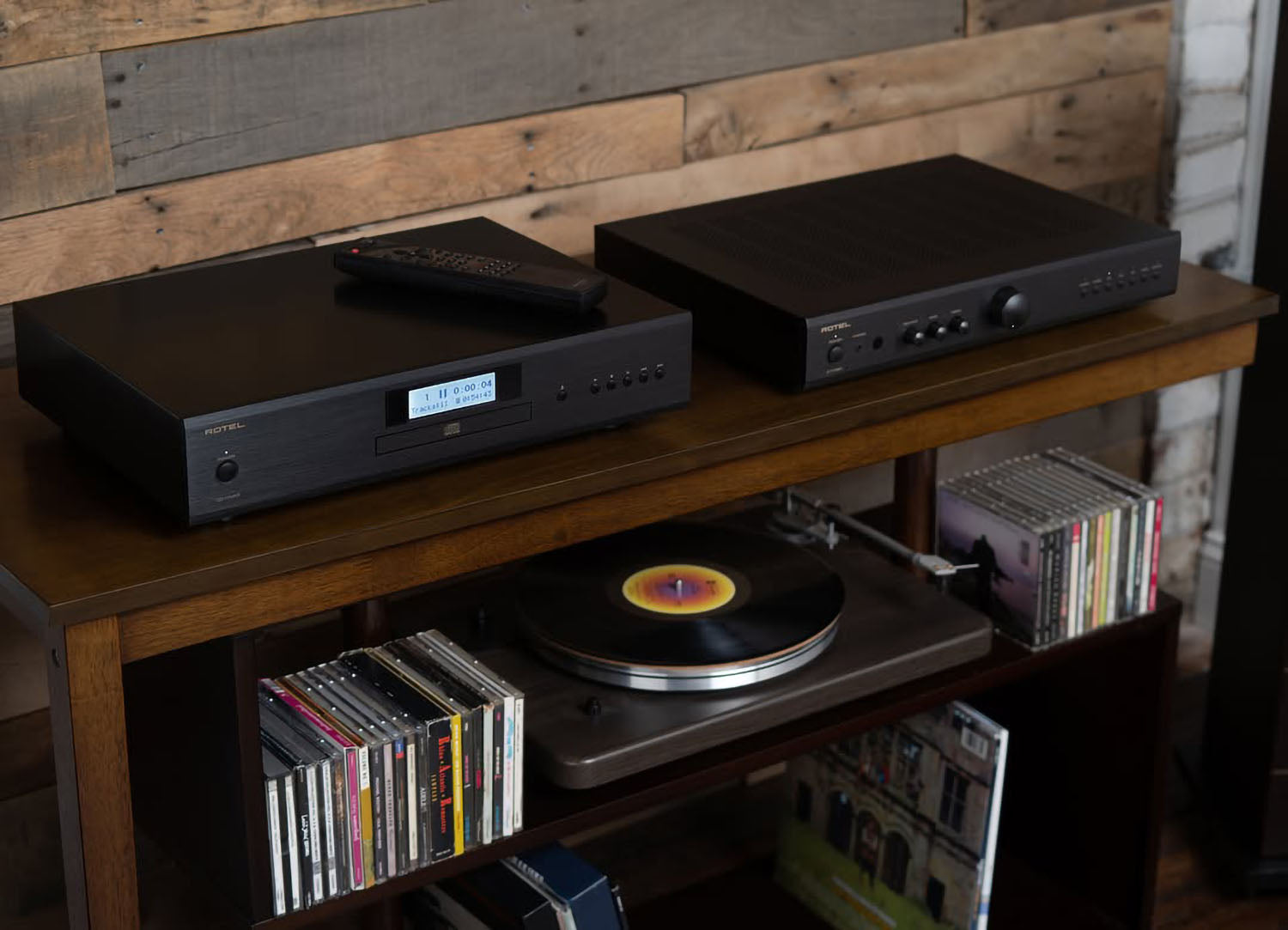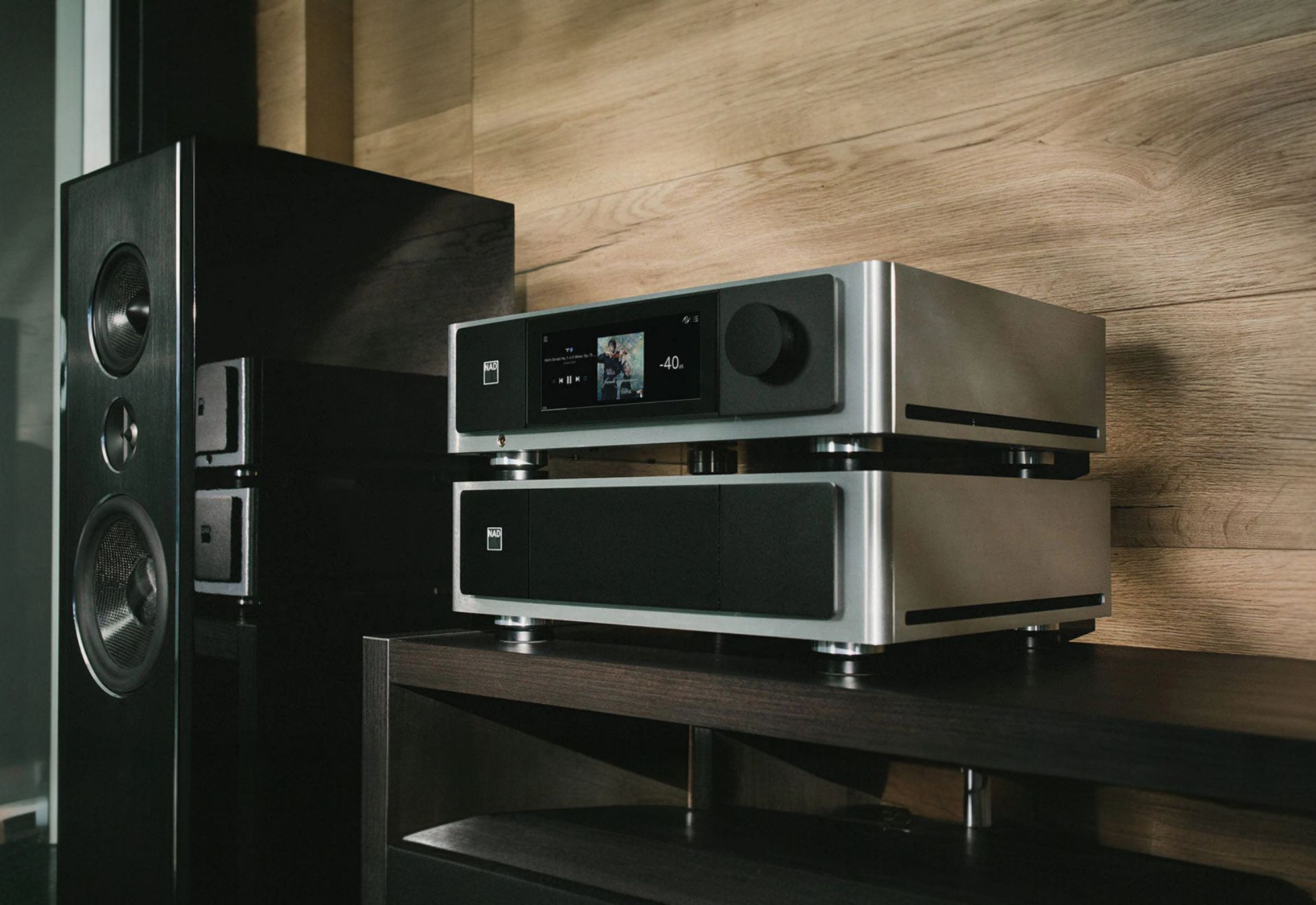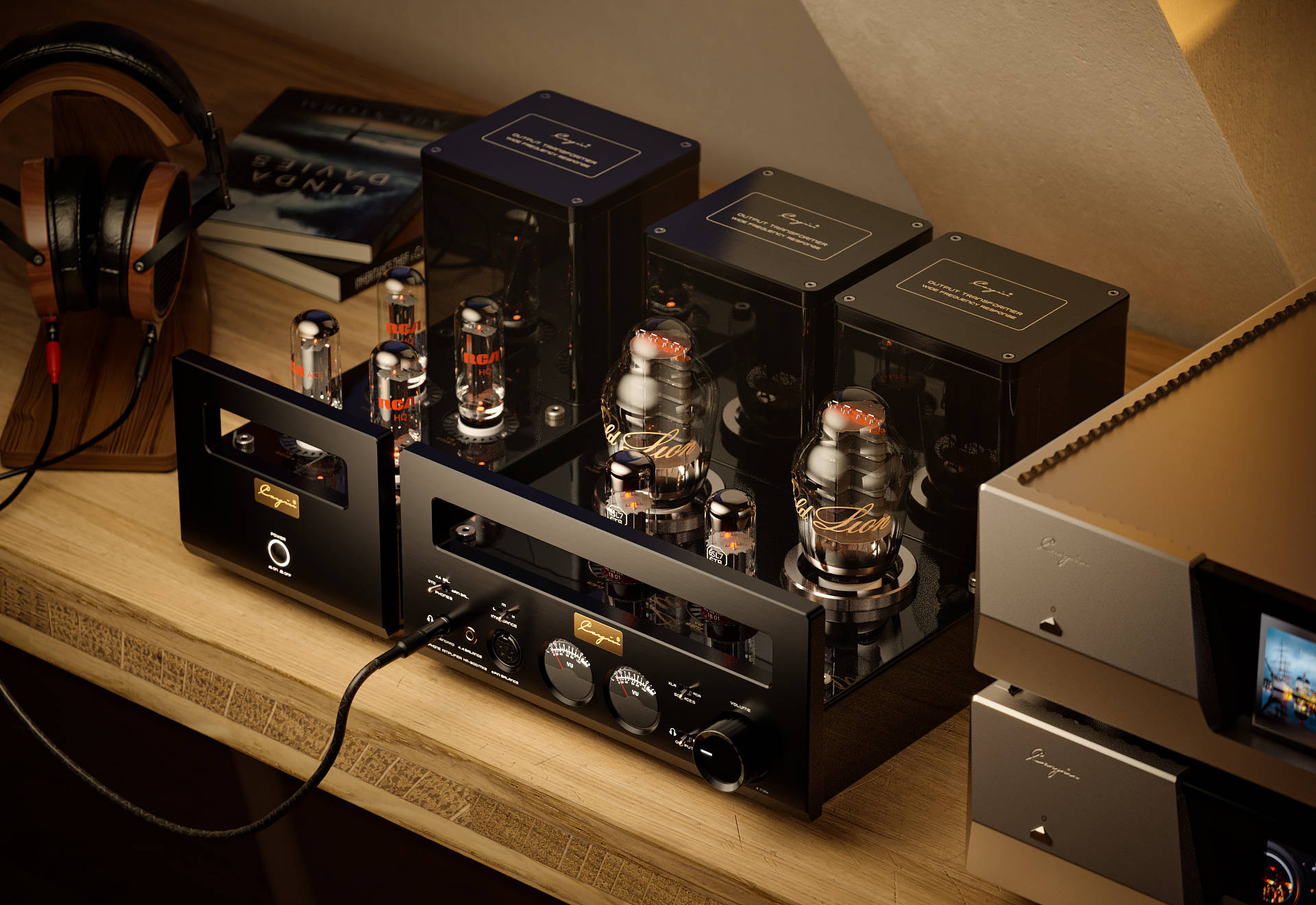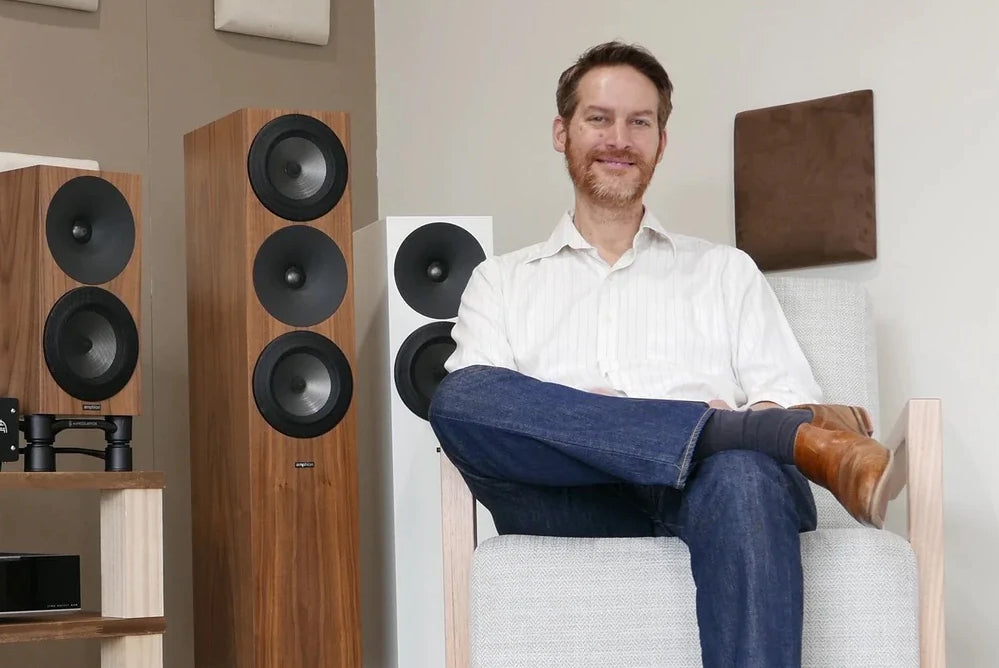Hi-Fi Integrated Amplifier vs. Pre/Power Amplifier Combination: What's the Difference?
When building a high-fidelity (Hi-Fi) audio system, one of the most important decisions you'll need to make is between an integrated amplifier and a pre/power amplifier combination. Both options play a crucial role in driving speakers, but they serve different purposes and come with their own unique features. Additionally, understanding the differences between stereo power amplifiers and monoblock amplifiers is essential for making an informed decision. Let's break down these components and explore why you might choose one over the other.
What is a Hi-Fi Integrated Amplifier?
A Hi-Fi integrated amplifier combines both the pre-amplifier and power amplifier into a single unit. The pre-amplifier section is responsible for boosting the weak audio signals coming from source components like turntables, CD players, or DACs (digital-to-analog converters). The power amplifier section then takes that signal and amplifies it further to a level that can drive your speakers.
Key Features of an Integrated Amplifier:
- Convenience: The integrated amplifier is an all-in-one solution, meaning it saves space and simplifies setup. You don’t need to worry about connecting multiple devices—just plug your sources into the integrated amp, and you're good to go.
- Cost-Effective: Since you're purchasing one unit that combines two functions, an integrated amplifier tends to be more affordable compared to a separate pre-amplifier and power amplifier combination.
- Compact Design: Integrated amps are typically smaller and more compact, which can be a great option if you’re limited on space or don’t want to deal with multiple components.
What is a Pre/Power Amplifier Combination?
In a pre/power amplifier combination, the two functions are separated into distinct components: the pre-amplifier and the power amplifier. The pre-amplifier handles the input signals, allowing you to control volume, balance, and tone adjustments, while the power amplifier boosts the signal to drive the speakers. In this configuration, each unit is dedicated to its specific task, which can lead to greater performance and flexibility.
Key Features of a Pre/Power Amplifier Combination:
- Better Performance: Since the pre-amp and power amp are separate, each unit can be optimized for its specific function. This separation can result in better sound quality, particularly when you're dealing with high-end systems.
- Customization: A pre/power combination allows for more flexibility in system design. You can swap out the pre-amp or power amp independently if you want to upgrade one part of your system without replacing the entire setup.
- Upgrade Potential: For audiophiles who enjoy tweaking their setups, a separate pre-amp and power amp combination provides more opportunities for upgrading individual components over time. You can experiment with different pre-amps or power amps to match your sound preferences or achieve better synergy with your other equipment.
Stereo Power Amplifier vs. Monoblock Amplifiers
The distinction between a stereo power amplifier and monoblock amplifiers lies in their design and power delivery. While both types serve the same primary purpose—to amplify audio signals to drive speakers—they do so in different ways.
Stereo Power Amplifier:
A stereo power amplifier is a single unit that contains two channels: one for the left audio signal and one for the right audio signal. The advantage of a stereo power amp is its simplicity and cost-effectiveness—since it’s just one unit, it's generally cheaper and easier to manage than a pair of monoblocks. Stereo amplifiers are ideal for setups where space is limited or when you don’t want to deal with multiple power amps.
Benefits of Stereo Power Amplifiers:
- Compact and Space-Saving: A stereo power amp combines both channels into one box, making it more space-efficient than using separate monoblocks.
- Cost-Effective: Typically, a stereo power amp is less expensive than two separate monoblocks of equal quality.
- Simplicity: With just one unit to manage, stereo amplifiers are easier to install and maintain, making them a great choice for simpler Hi-Fi systems.
Monoblock Amplifiers:
Monoblock amplifiers are single-channel power amplifiers, meaning each one amplifies only one channel of audio (either left or right). To achieve stereo sound, you would need two monoblocks—one for the left channel and one for the right channel. Monoblocks are often preferred by audiophiles who prioritize the ultimate in sound quality and want the highest possible performance.
Benefits of Monoblock Amplifiers:
- Independence of Channels: Since each monoblock amplifies a single channel, it has fewer limitations and can offer more power to each individual channel. This often results in better sound quality, especially in terms of dynamics and precision.
- Increased Power and Headroom: Monoblocks generally offer more power than stereo amps and can deliver cleaner, more distortion-free sound at higher volumes.
- Improved Stereo Imaging: With separate monoblocks, each channel operates independently, which can lead to better stereo imaging, greater channel separation, and a more immersive soundstage.
Conclusion
Ultimately, the choice between an integrated amplifier and a pre/power amplifier combination, as well as between stereo power amps and monoblocks, depends on your priorities. Whether you value simplicity, performance, or power, understanding these differences will help you make the right decision to achieve the best sound for your Hi-Fi system.






